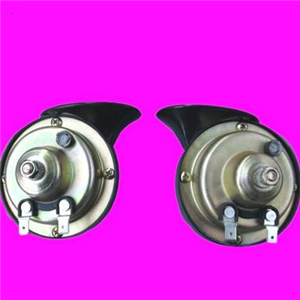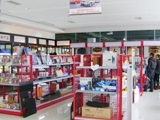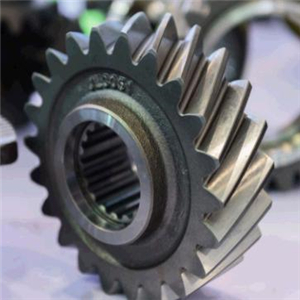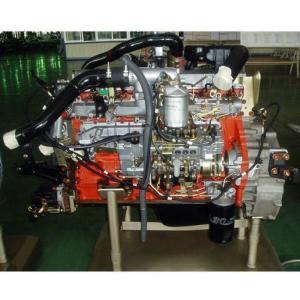What's a good way to choose and purchase auto parts? How can we choose and purchase appropriate auto parts with high cost performance ratio? Here, I recommend the following tips to help you choose good auto parts: lost, should be returned.
1. The packaging of the original accessories is generally standardized, with unified standard specifications, clear and regular printing, while the packaging of counterfeit products is poorly printed, and it is often easy to find flaws in the packaging;
2. Look at the color. Some original parts are assigned a certain color on the surface. In case of other colors, they are fake and inferior parts;
3. The appearance of the original accessories shall be clearly printed or cast and marked, while the appearance of counterfeit products shall be rough;
4. It is seen that illegal paint dealers simply process waste parts, such as dismantling, assembling, splicing, painting, etc., and then sell them as qualified products to illegally obtain cash receipts;
5. According to the quality, the materials of the original accessories are qualified according to the design requirements, and the counterfeit products are mostly replaced by cheap and inferior materials;
6. The appearance of products with poor workmanship is sometimes good, but due to poor manufacturing process, cracks, sand holes, slag inclusions, burrs or bruises are easy to occur;
7. If the "storage" of auto parts has problems such as dry cracking, oxidation, discoloration mirror or aging, it may be caused by poor storage environment, long storage time, poor materials, etc;
8. Look at the "engagement". If the rivets of the clutch plate are loose, the brake hose is unglued, the electrical parts are soldered off, and the paper filter element is disconnected, it cannot be used;
9. See that some marks are marked on the regular parts of the identification part, such as the gear mark, piston top mark and other assembly marks, which are used to improve/increase the correct installation of the parts, and those that are not can not be purchased;
10. The missing and regular assembly parts must be complete and intact to improve/increase the smooth loading and normal operation. Some small parts on some assemblies are not loaded, which is generally "parallel goods", which makes loading difficult. The whole assembly parts are often scrapped due to the shortage of individual small parts;
11. Look at the protective layer. In order to facilitate storage and prevent parts from bumping, protective layers are provided before parts leave the factory. For example, bushings, large and small bearing shells, pistons, valves, etc. are generally protected with paraffin to avoid surface damage. If there is no protective layer on the surface of these important accessories, most of them are "junk";
12. Some important parts, especially assemblies, such as carburetors, distributors, generators, etc., are usually delivered with instructions and certificates to guide users in installation, use and maintenance. If they are not, they are mostly fake and inferior products;
13. When selecting auto parts according to the specifications, find out the main technical parameters, and the special technology should meet the use requirements. Some fake and shoddy products have the same appearance as the real ones, but they are not suitable for installation. They are either larger or smaller, and are always not satisfied with use, leaving potential accidents.
14. The test report issued by a third party can not only show the authenticity, but also show the quality.






